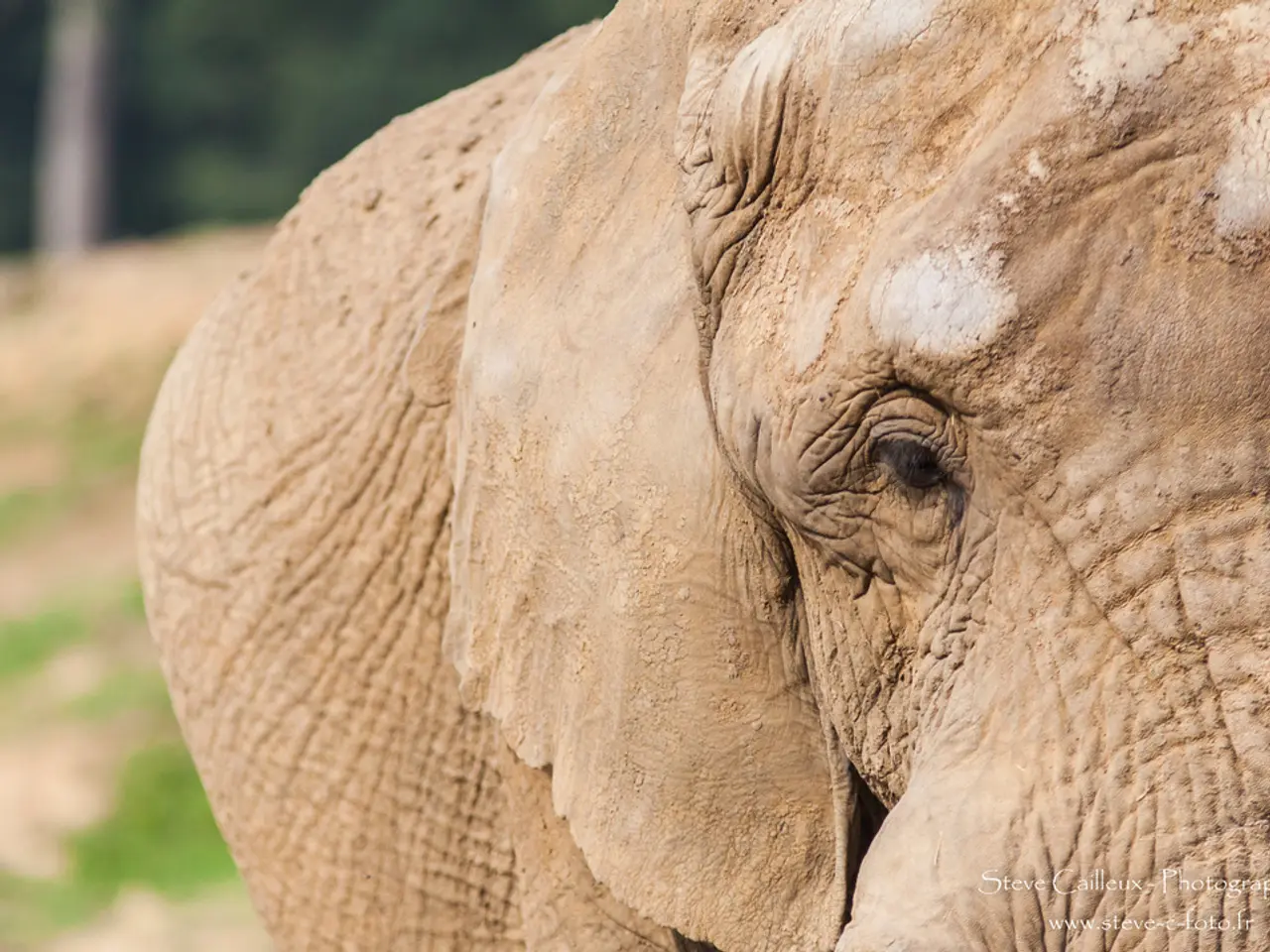World Elephant Day: African Savannah Elephants Face Extinction
African savannah elephants, the largest land animals on Earth, face numerous threats. Despite their size, these gentle giants are endangered, with populations plummeting. World Elephant Day, August 12, highlights the need for their protection.
African savannah elephants, weighing up to 6,000 kilograms, are the largest of the three elephant species. Their impressive trunks, with about 150,000 muscles, serve multiple purposes like grasping objects and communicating. These elephants have unique features, such as large ears shaped like the African continent and two finger-like tips at the end of their trunks.
Elephants' good memory, thanks to a large temporal lobe, helps them navigate harsh climates. They remember food and water sources, aiding their survival. However, they face numerous threats, including habitat loss, climate change, and poaching. Trophy hunting, once considered a solution, is now seen as a contributing factor to their decline.
Immunocontraception, a humane alternative to hunting, has proven effective in controlling elephant populations. It reduces human-elephant conflicts without harming the animals. Despite this, elephant populations have drastically decreased. The Asian elephant population has fallen by at least 50% since 1945, with African forest elephants losing at least 90% and African savannah elephants 70%. Estimates suggest there are only 50,000 Asian elephants and 415,000 African elephants left in the wild.
World Elephant Day serves as a reminder of the urgent need to protect these magnificent creatures. Conservation efforts must address habitat loss, climate change, and poaching. Humane population control methods like immunocontraception should be widely adopted. With concerted global efforts, we can secure a future for these iconic species.








